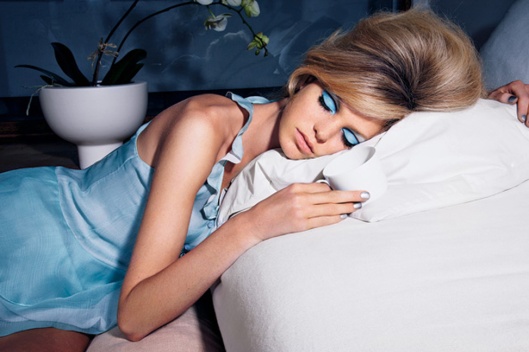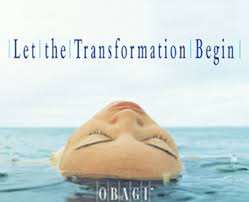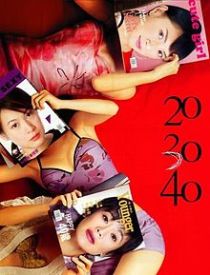
You need to know what type of skin you have before you determine how to treat.
The 5 basic types are Normal Skin, Dry Skin, Oily Skin, Combination Skin, and Sensitive Skin.
Ok great, but how do I know which I have? Just wipe your face in the morning with a clean facial tissue (or paper).
If you have Normal skin you will not see any traces of oil. Your skin should feel vibrant and elastic. Your skin looks smooth and clean and has good circulation.
If you have Dry skin, the paper will also not show any oil, but your face will feel dry, flaky and tight after you’ve wiped it. Dry skin might look great on you as a young person, but this skin type is prone to aging and irritation as you get older.
If you have Oily skin the paper will show spots of facial oil from your forehead, nose, and cheek areas. Your skin typically looks greasy or shiny and has larger open pores which typically helps lead to more acne break outs. This skin type is more problematic, however not as prone to aging and wrinkling.
Most men and women have Combination Skin. The paper will show traces of oil from the forehead and nose areas but no traces of oil from the cheek areas. The dry areas should be treated with richer creams and moisturizes, whereas the oily ares (typically forehead and nose) should avoid richer creams and be washed often and thoroughly.
If you have sensitive skin, the skin is usually extremely dry and tends to feel tight. The skin can become inflamed or irritated easily and can develop reddish, scaly areas. Sensitive skin is the most fragile and problematic of skin types.
Obagi has developed their Obagi Starter Kits for 2 of the common problematic skin types: Obagi Normal to Dry and Obagi Normal to Oily. This makes it easier to ensure that you are using the right products once you identify what skin type you are.
So what are you??




